It is a very large coin, coming in at a bit under 2 ounces (50g), is square (or diamond-shaped when viewed correctly), and is 0.999 fine silver.
And there are bats. And those bats take various forms. First, the main bat because it is, well, the main bat. The bat represented is the Townsend's big-eared bat (Corynorhinus townsendii), which is an awesome bat but is not found anywhere near Palau (no idea why they chose this bat). The parts of the bat come in three design formats, with the body and tail being colorized, the left wing being frosted, and the right wing being...glass. Yes, glass. More on that in a minute, as it is hard to see that wing properly in the above photo.
The main bat, and all the bats actually, are very true to life both in design and location. The anatomy of the bat is quite correct, other than the left wing of the main bat having too much gap/membrane between the first and second fingers. And some are flying in reasonable poses and some are roosting on apparent cave roof which is a natural habitat for this bat. Also, they tend to roost in clusters so even that aspect is correct.
And the number of design elements used on the front of the coin is impressive! The main bat uses the three elements, but then there is so much more. Two of the flying bats are colorized black and raised over the field while one is colorized black and raised over the frosted area. Five flying bats are frosted and raised over the field and three are mirror and incuse to the frosted area. Eight bats are raised and frosted in silhouette roosting on the ceiling and at the top of the coin is a fully-rendered frosted roosting bat with fantastic (and accurate) detail.
There are also two raised flying bats showing detail, and nine fully-rendered bats roosting as a ceiling colony. To the one side is the date, at the top is the denomination inset into the cave rock, and on the right a national symbol. The symbol says Republic of Palau with a man in an outrigger canoe below it, and then above the words "Rainbow's End" is a depiction of Neptune with a treasure chest and a mermaid (ratings alert, she is topless!).
So, what about that glass? Glad you asked. I don't know how they did it, but inset into a hole in the coin is a piece of colored glass the exact shape of the bat's wing. And to make this work, the bat on the front and the bat on the back had to have one wing in exactly the same position. So look again and you will see that this is exactly what they did. And here is a photo showing the coin with light coming through the glass.
Finally, a photo of the coin in the slab, and the very nice box it originally came in along with the certificate of authenticity.
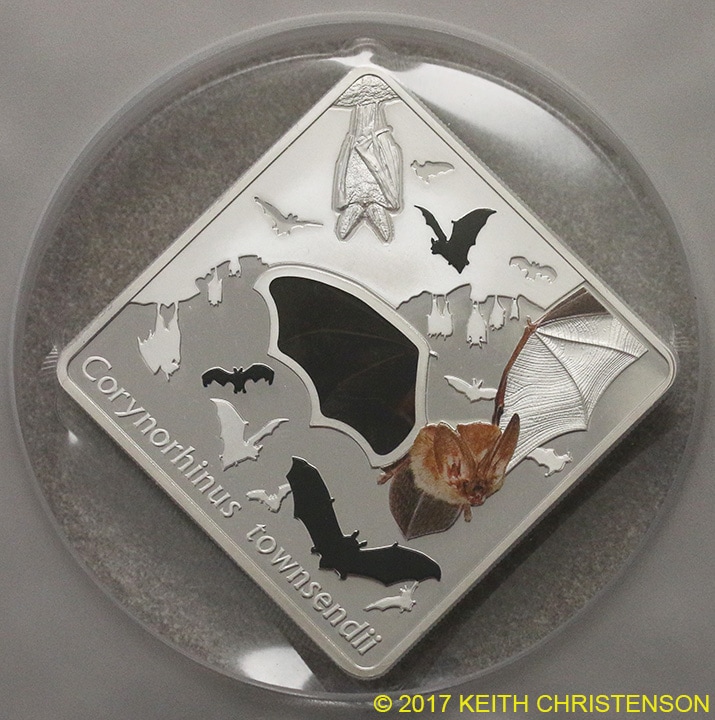
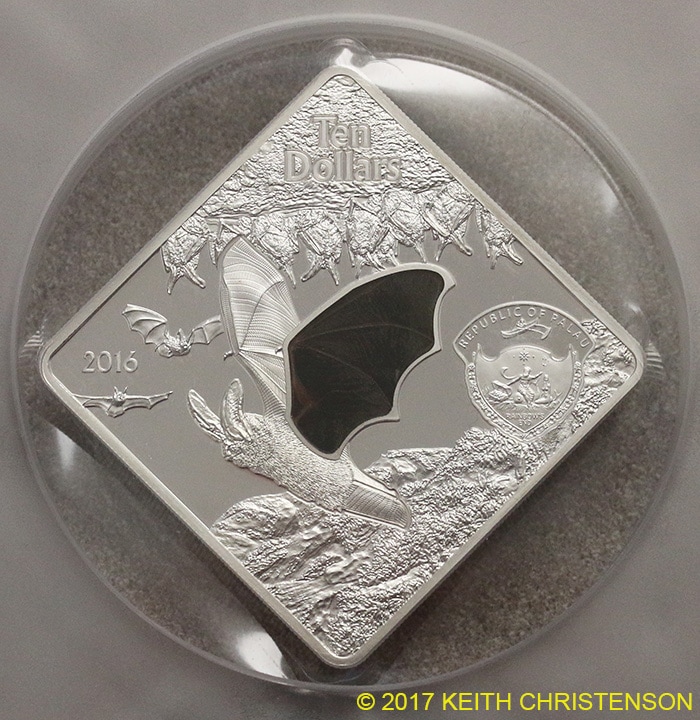
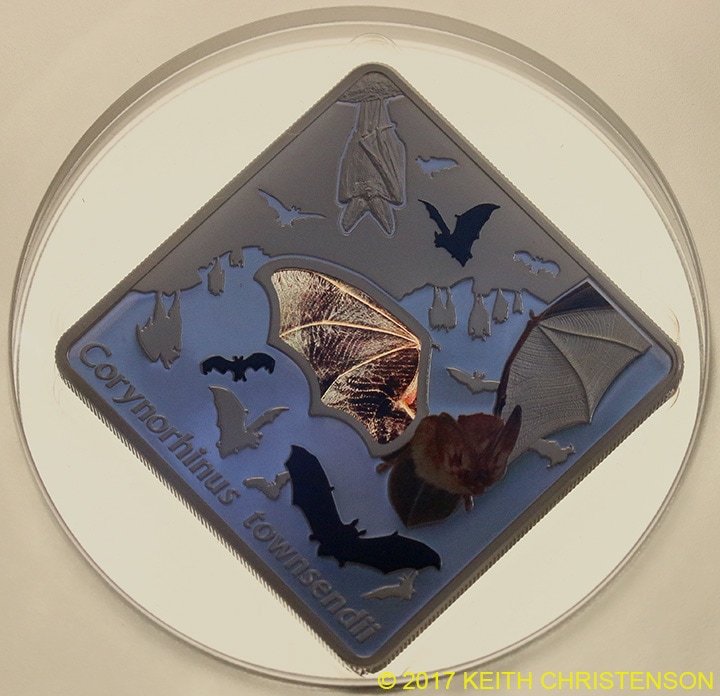
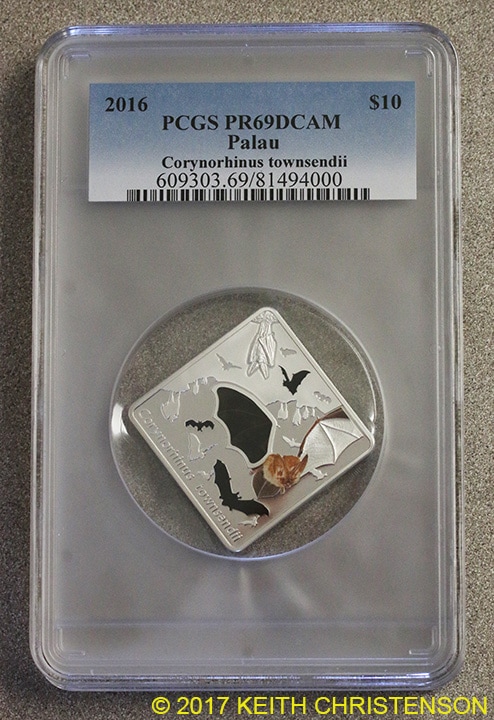
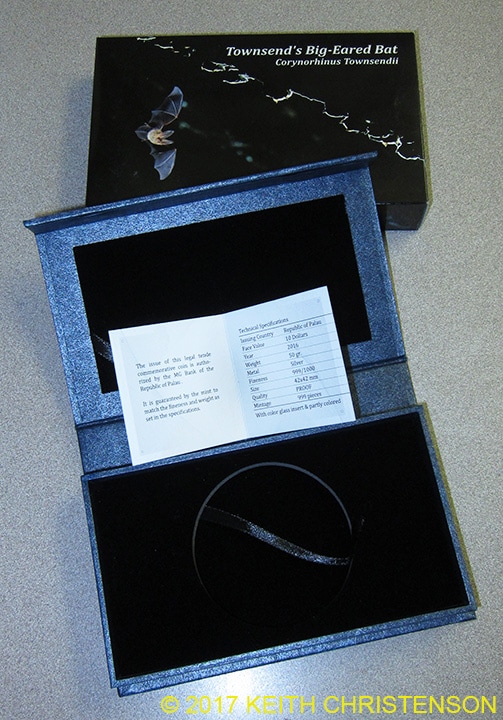
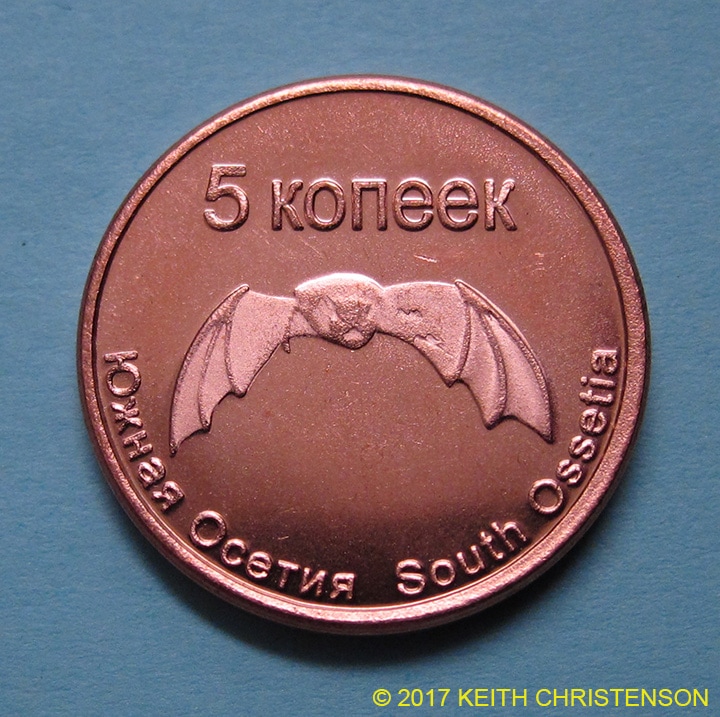
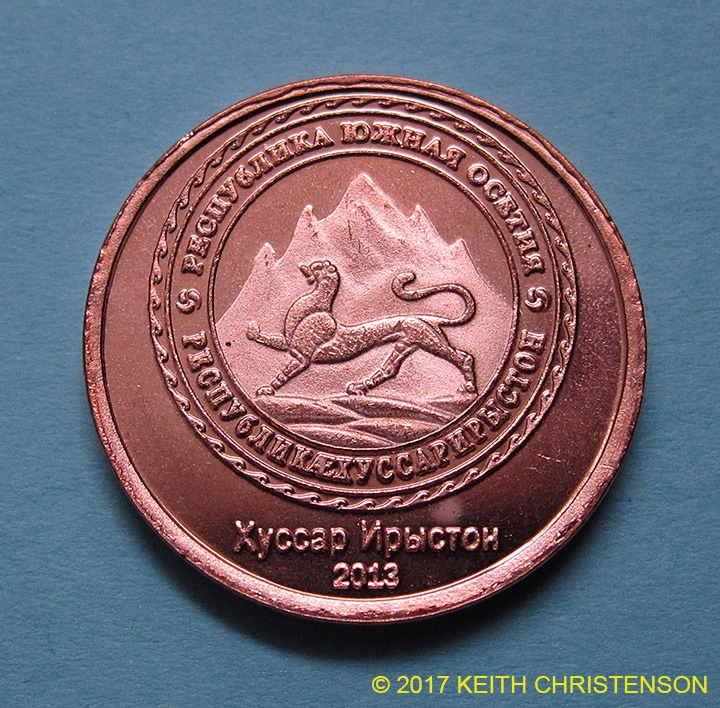
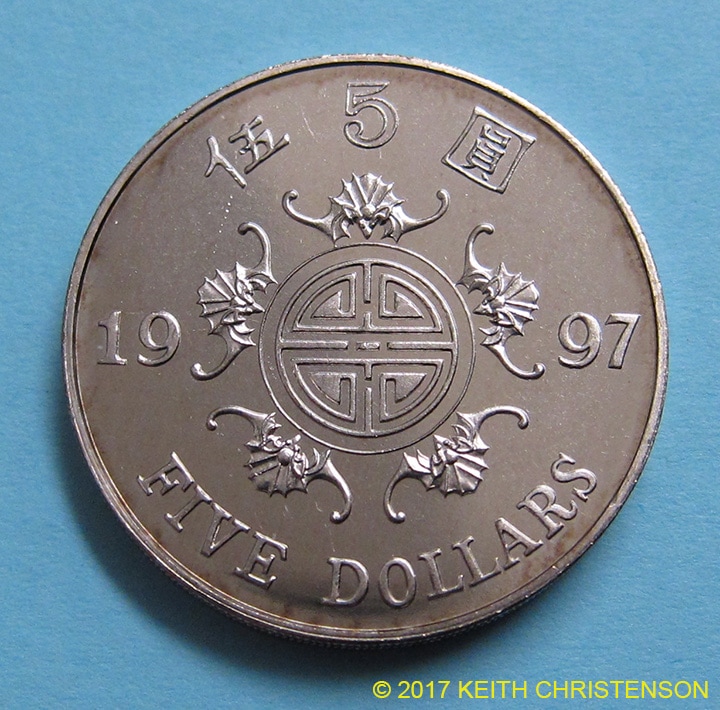
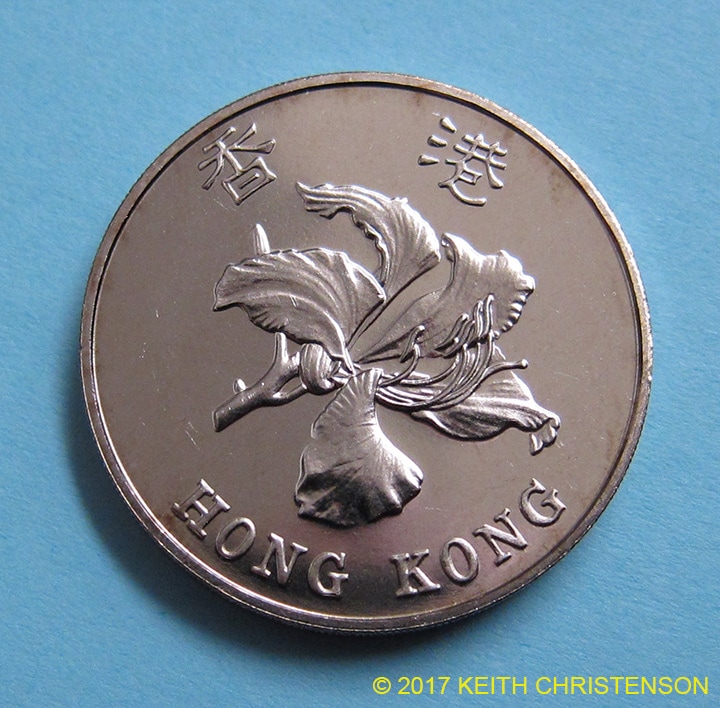
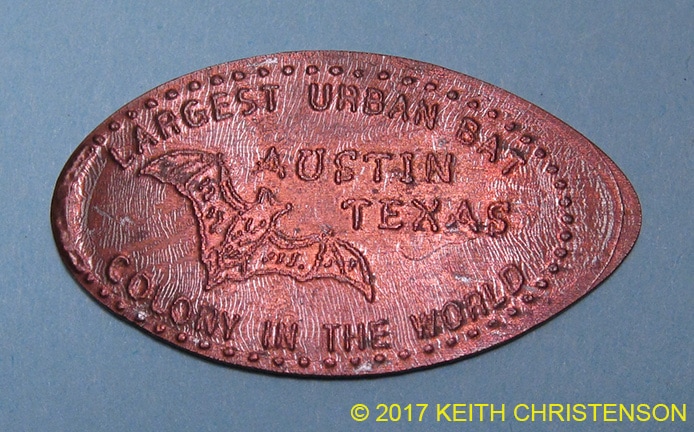

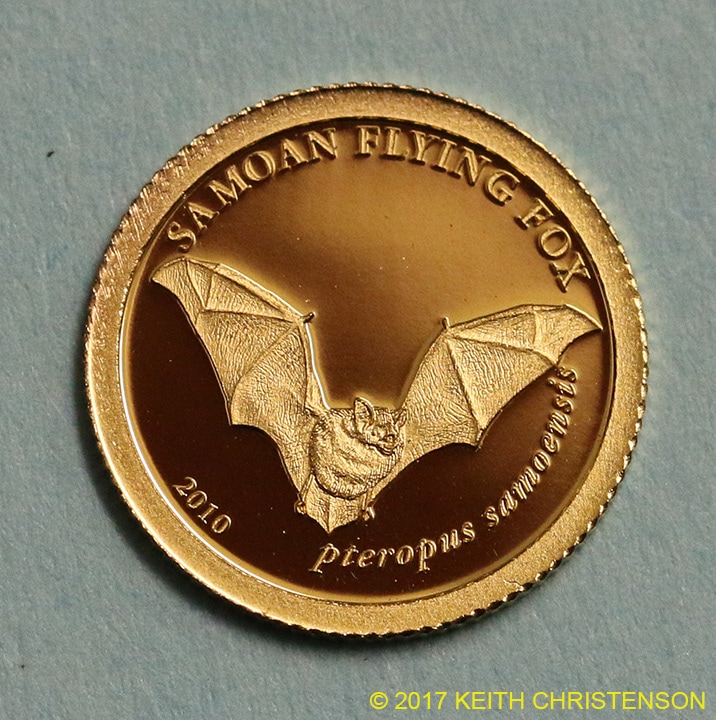

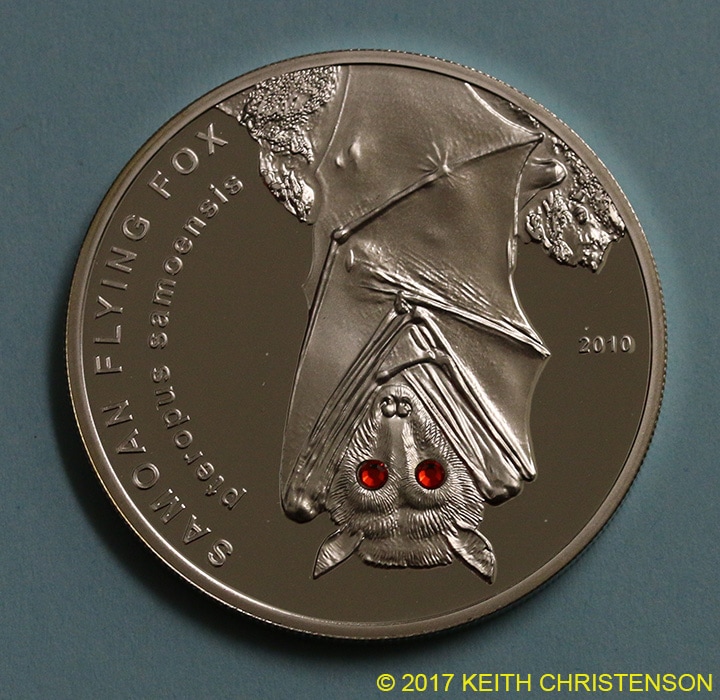
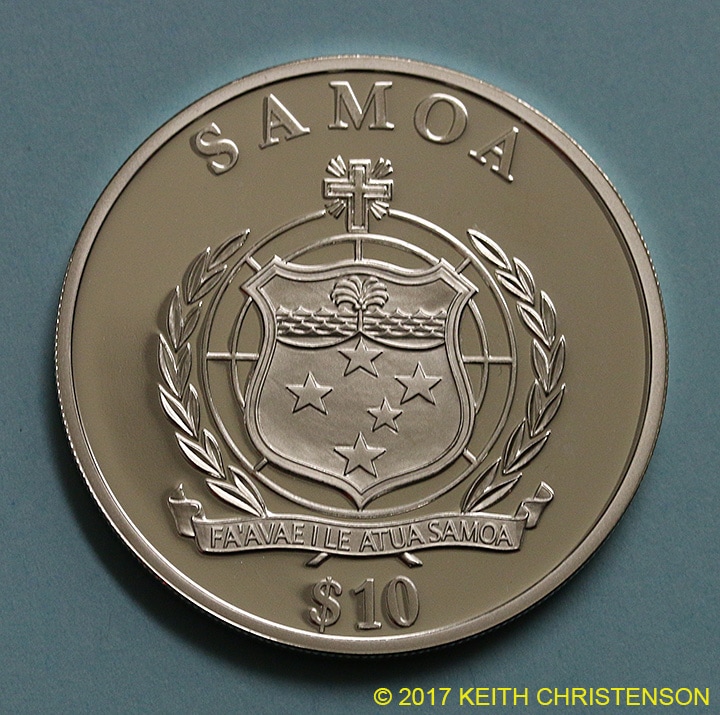
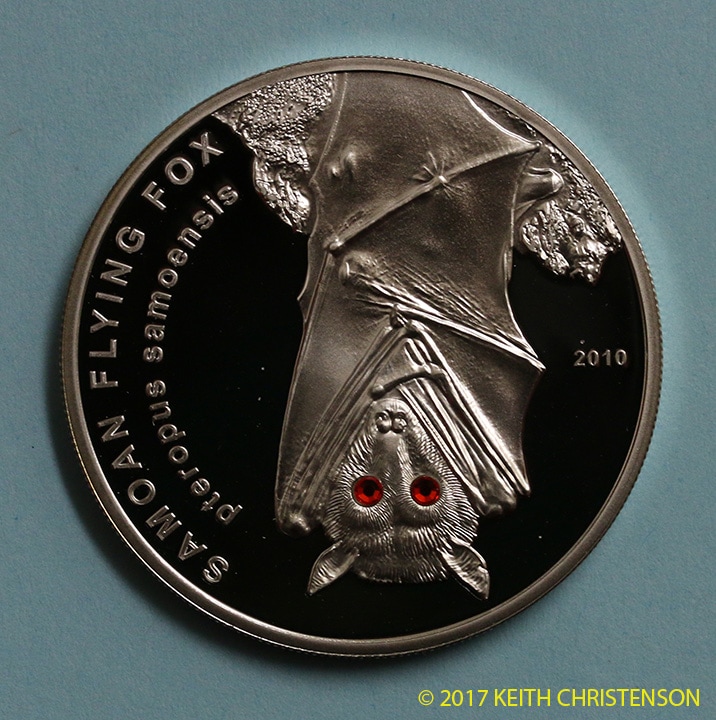
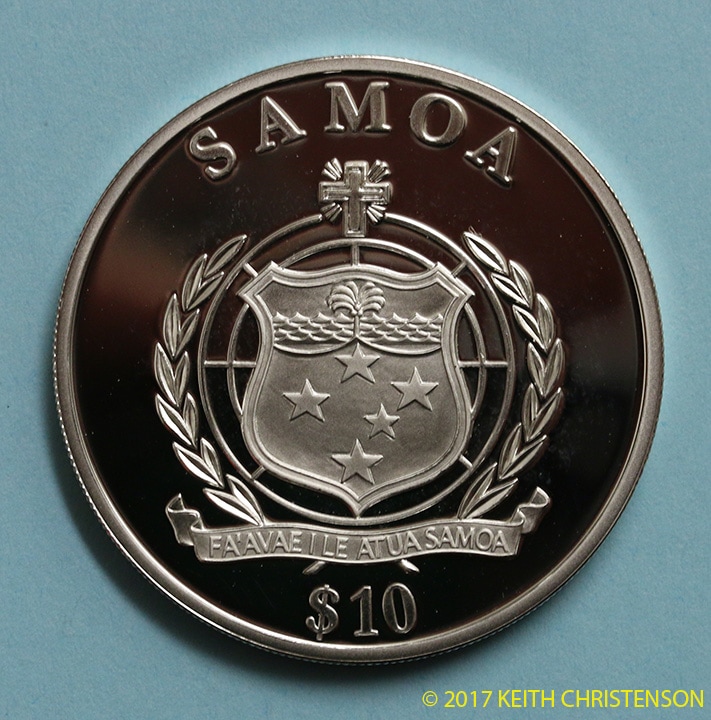
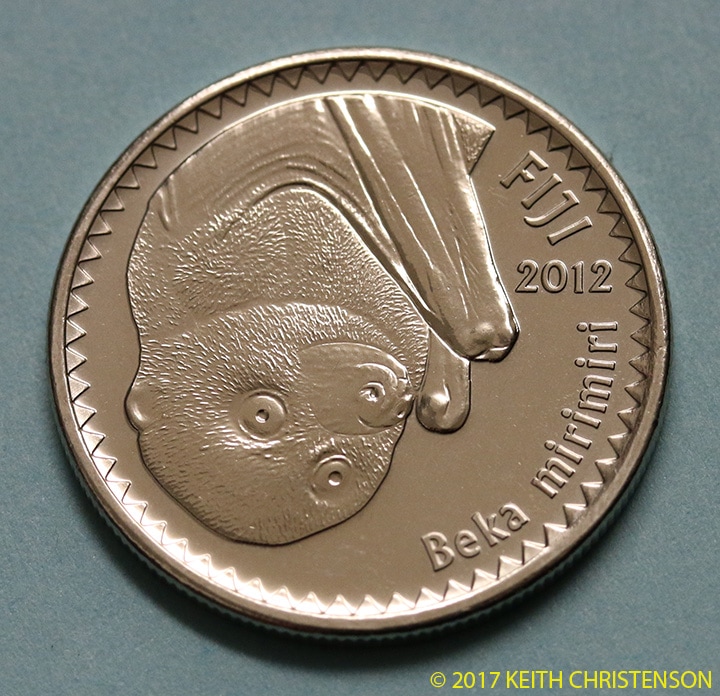
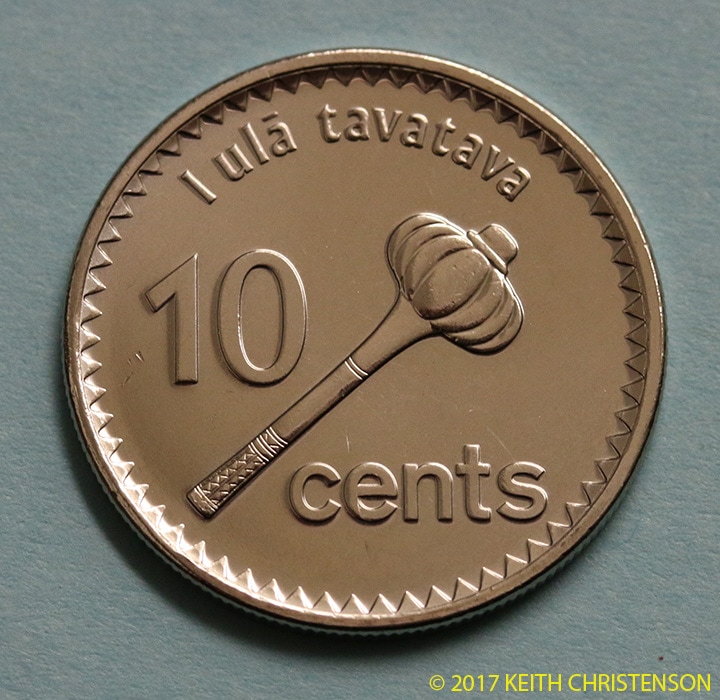
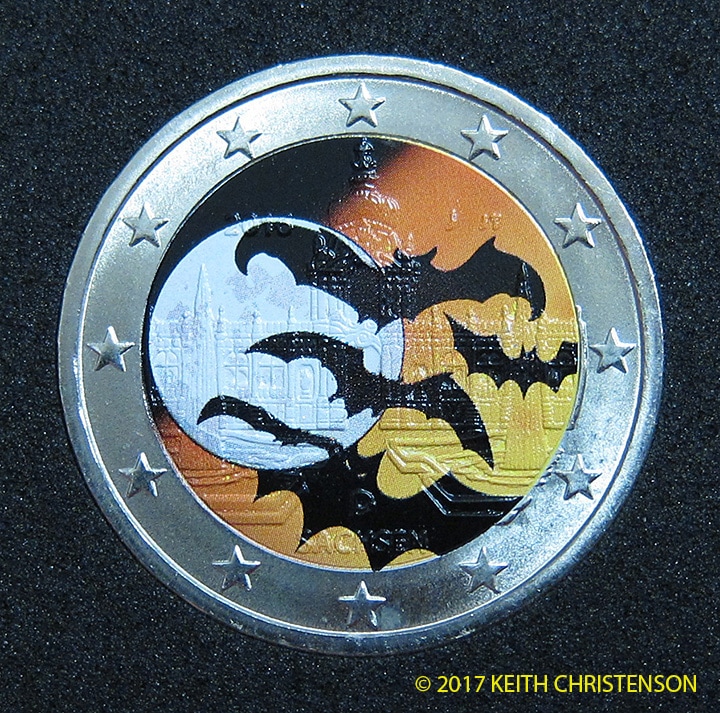
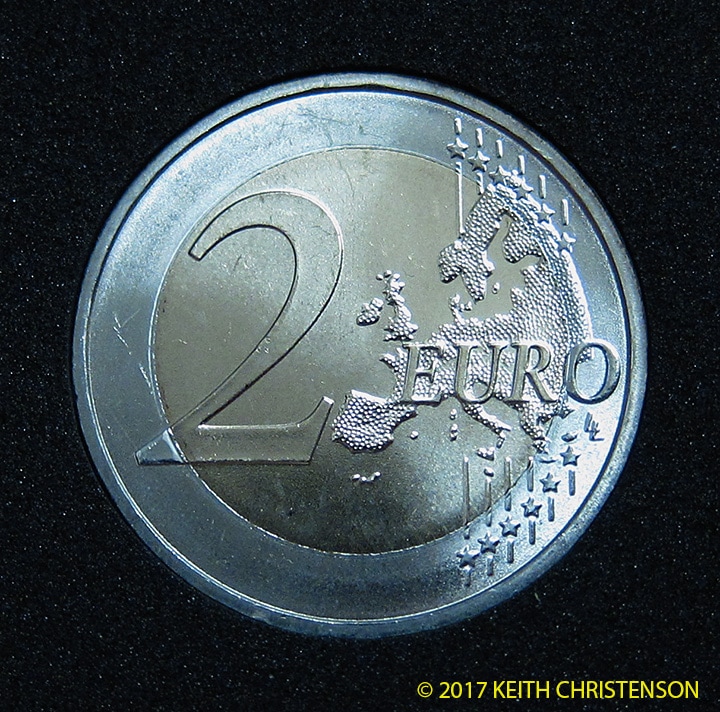

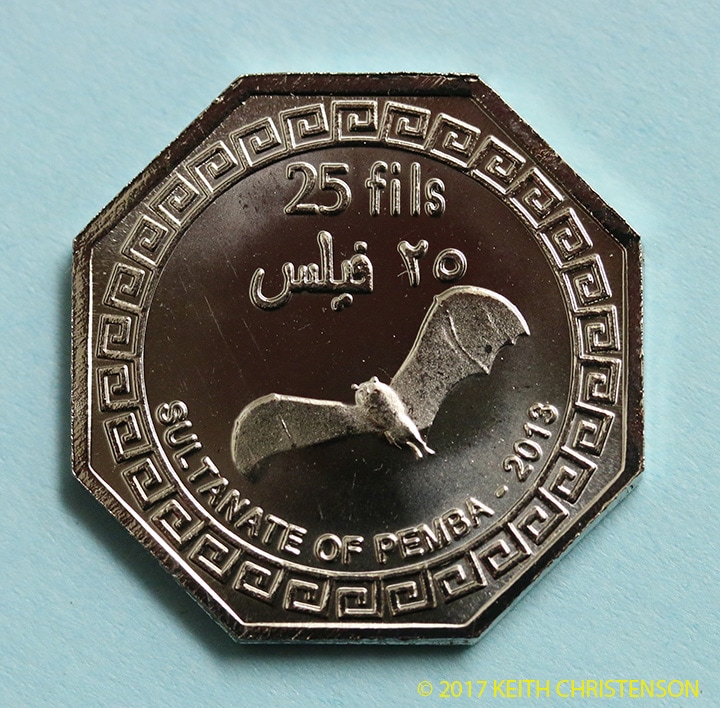
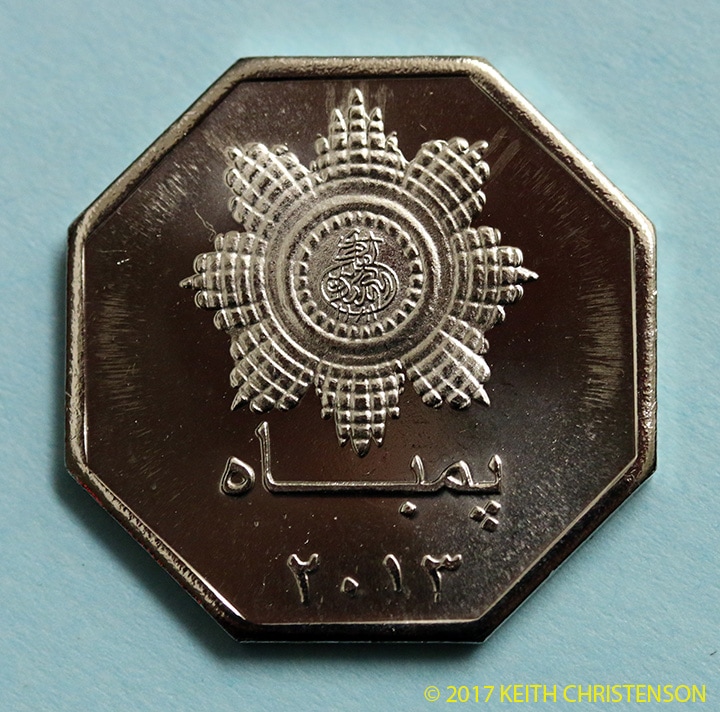
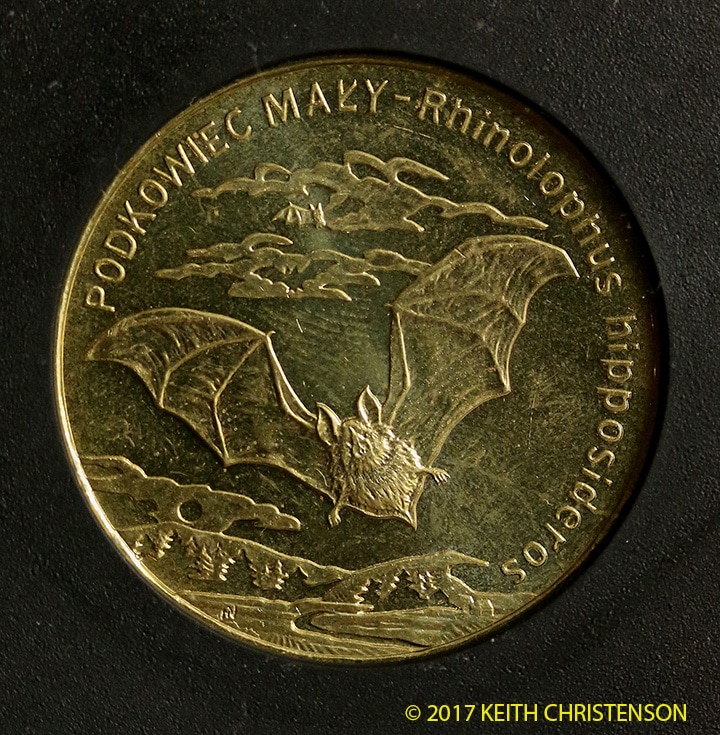
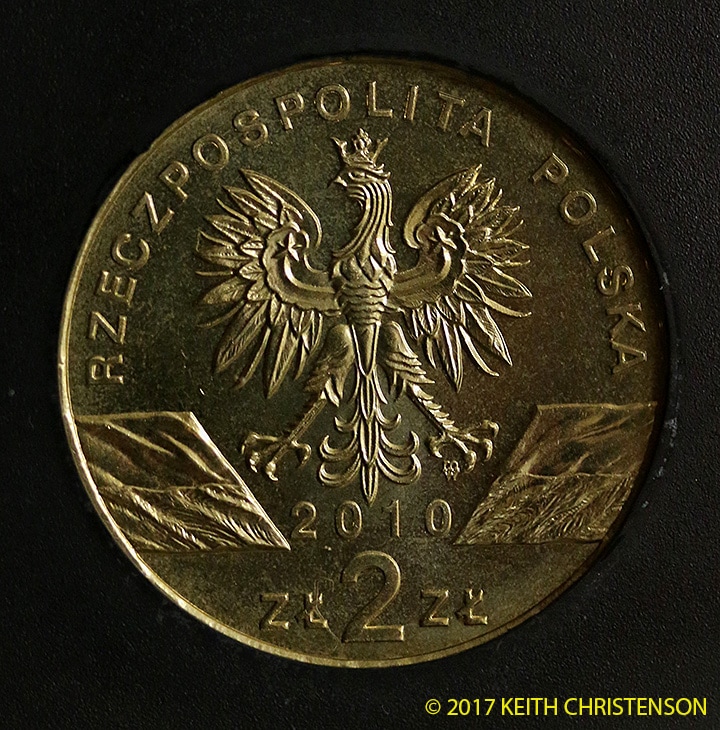
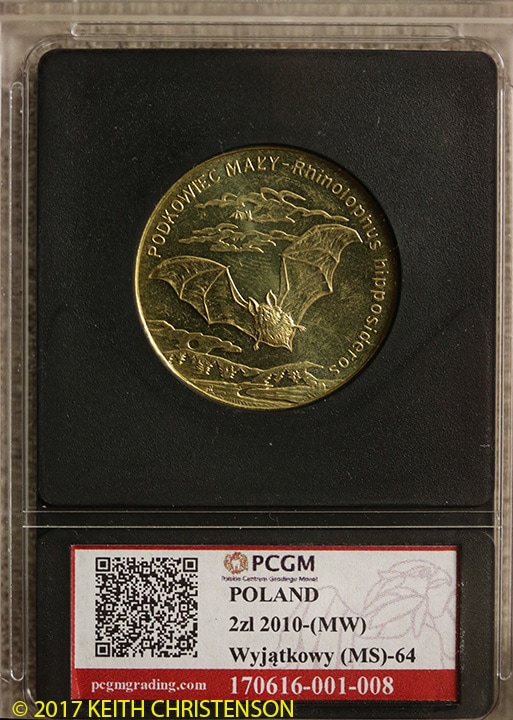
 RSS Feed
RSS Feed